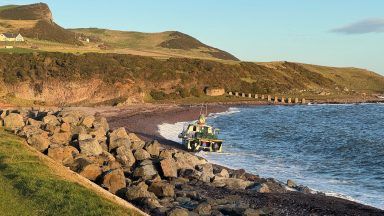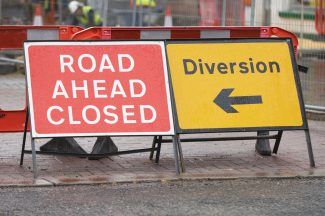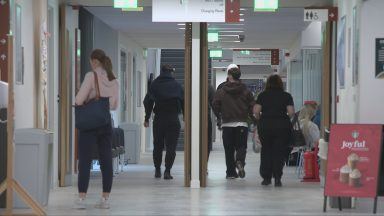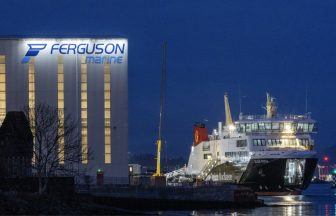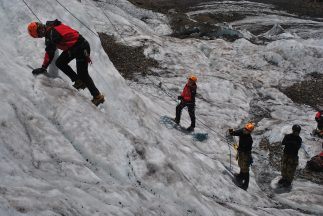The worst areas affected by sewage spills have been revealed as thousands of complaints have been logged with Scotland’s environmental watchdog.
Data released by the Scottish Environment Protection Agency (SEPA) showed more than 2,000 complaints about sewage in Scotland’s rivers, lochs and beaches were reported between 2019 and 2023.
In the first nine months of 2019, there were 1,048 complaints from the public about sewage in rivers.
The areas which recorded the largest numbers of complaints were South Lanarkshire, Edinburgh and the Lothians.
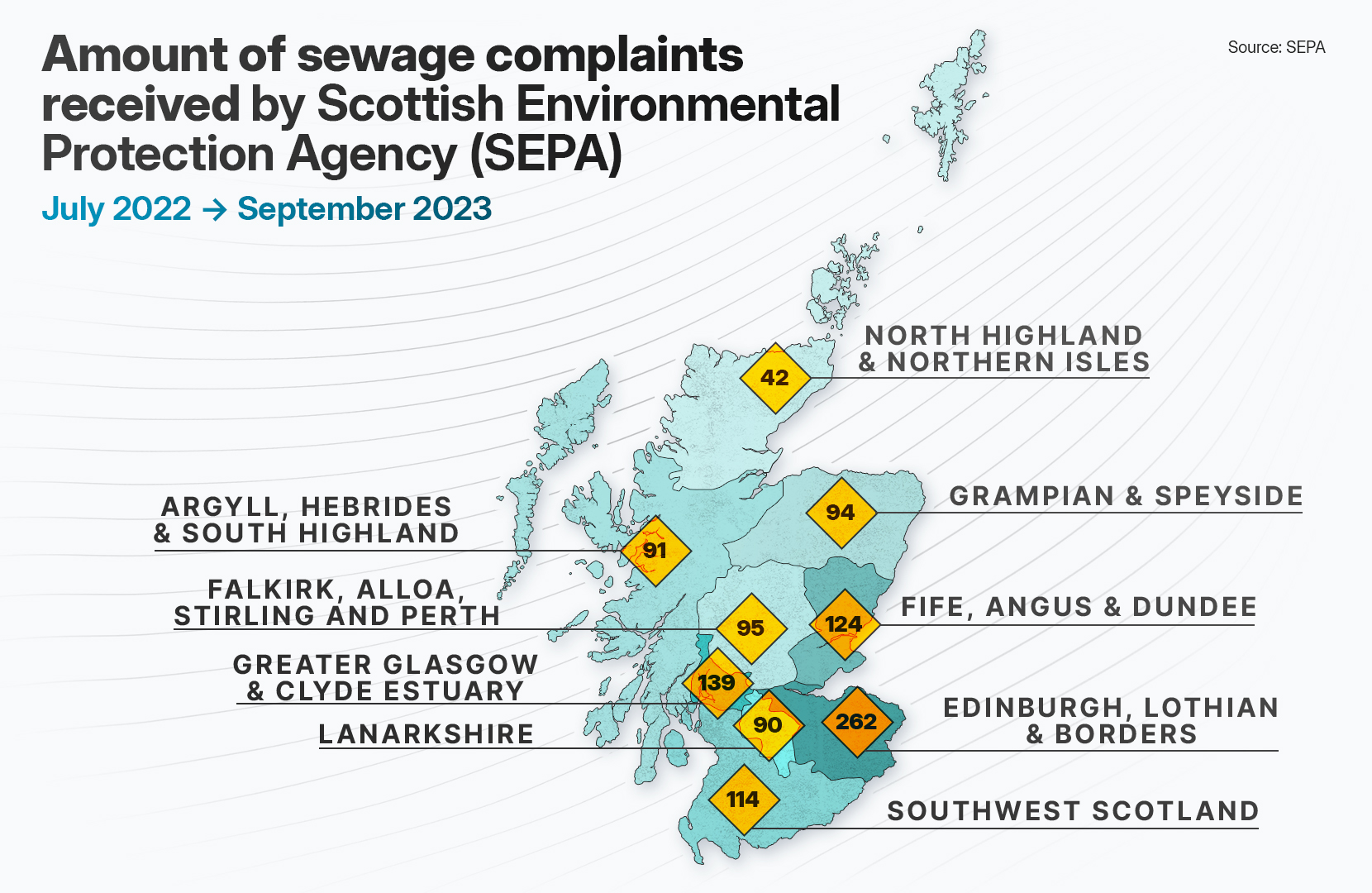 STV News
STV NewsBetween June 2021 and September 2023, 750 sewage incidents were logged in the form, whereas from July 2022 and September 2023, another 1,051 complaints were logged.
The areas which recorded the largest numbers of complaints were Falkirk, Alloa, Stirling and Perth and Lanarkshire.
SEPA was unable to provide the full scale of figures due to a December 2022 cyber attack impacting data between January 2020 and June 2022.
In 2022, Scottish Water figures show there was a 30% increase in the number of sewage overflow events. In total 14,008 discharges were logged, up from 10,799 incidents in 2021.
Scottish Lib Dem leader Alex Cole-Hamilton voiced concerns that the true scale of sewage leaks into Scottish waters may be underrepresented because just 4% of the 3,614 overflows in the 31,000-mile network are currently monitored.
In Angus, Clackmannanshire, Dundee, East Lothian, Edinburgh, Inverclyde, Midlothian, Moray and South Ayrshire, no discharge points are monitored by Scottish Water, despite images emerging of sewage pouring into rivers.
Cole-Hamilton said: “Scottish Liberal Democrats are determined to get to the bottom of Scotland’s sewage scandal.
“Only a tiny fraction of the network is currently monitored but public complaints can give us a more complete picture of how widespread this problem is.
“While our rivers, lochs and coastlines are destroyed, customers are facing bumper price rises from the Government-owned water giant.
“To turn the tide on this scandal, Scottish Liberal Democrats have published plans for a Clean Water Act that would see vital upgrades to our sewage network and a clamp down on discharges.”
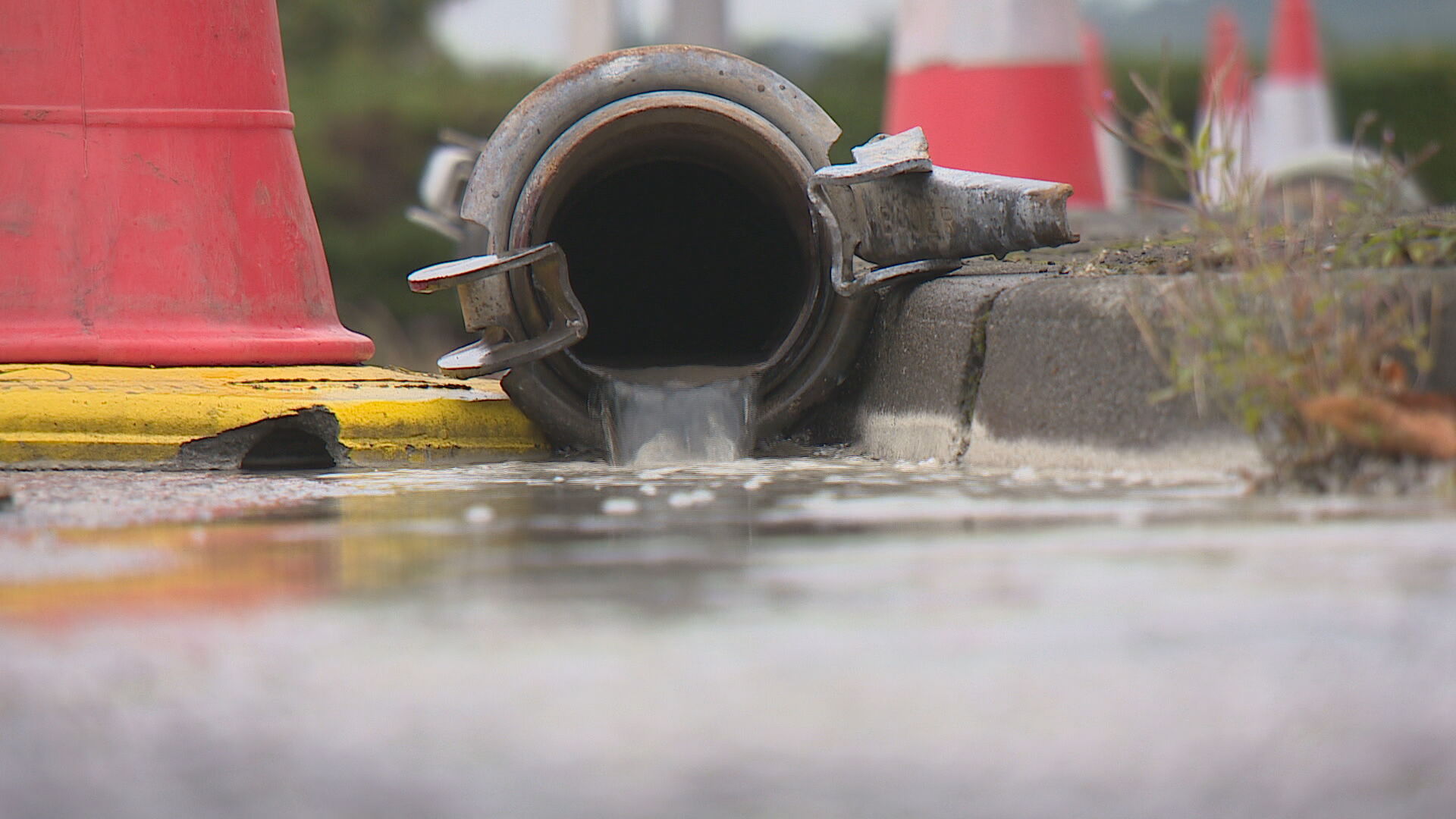 STV News
STV NewsThe Clean Water Act proposes upgrading the sewage network, monitoring every sewage dump with published, binding targets for reduction, and a complete ban on the release into protected areas such as bathing waters.
The party raised the alarm on sewage previously after figures showed there were 14,008 discharges logged in rivers and lochs in 2022, up from 10,799 in 2021.
A Scottish Water spokesperson said 87% of Scotland’s waterbodies are rated good or better – “among the best in Europe”.
“Our programme of £2.7bn investment in the past decade, with an additional £500m to improve monitoring and infrastructure, will help meet even higher standards,” the spokesperson said.
“A programme to install 1,000 new monitors by December 2024 remains on track. A parallel programme to improve the monitoring network in more than 180 waste water catchment areas using new technology is already delivering results, with an additional 229 monitors and alarms installed ‘upstream’ and 40 potential pollution incidents being proactively prevented.”
Scottish Water said it recognised what can be “released intermittently” into Scotland’s waters is a concern and it is playing its part in informing the public about this.
“Around 99% of overflows is rain water, surface water, road run-off, grey water, infiltration of groundwater and trade effluent. The system is designed to operate in a way that prevents blockages and flooding our homes, businesses, and communities,” the spokesperson said.
Nathan Critchlow-Watton, head of water and planning at the Scottish Environment Protection Agency (SEPA) said that the watchdog was focused on “protecting and improving” Scotland’s water environment.
“More than 87% of watercourses are rated as good or better and we have a record-breaking number of bathing waters rated as ‘excellent’,” Mr Critchlow-Watton said.
“Combined Sewer Overflows (CSOs) are an integral part of Scotland’s sewerage system, designed to discharge at times of high rainfall to prevent sewage backing-up and flooding houses.
“SEPA regulate discharges to the water environment, including discharges from CSOs, and assess Sewer Network Licenses on a rolling basis, with particular focus on those which have unsatisfactory compliance, as these can discharge sewage litter and impact on people’s enjoyment of the environment.
“We’re clear in our regulatory role in ensuring Scottish Water delivers against the Urban Waters Route Map, prioritising investment where it will have the most benefit for the environment and communities.
Mr Critchlow-Watton reiterated SEPA’s commitment saying that the watchdog with “ensure” monitors will be installed at every CSO discharging to an amenity Water by the end of 2024.
Follow STV News on WhatsApp
Scan the QR code on your mobile device for all the latest news from around the country


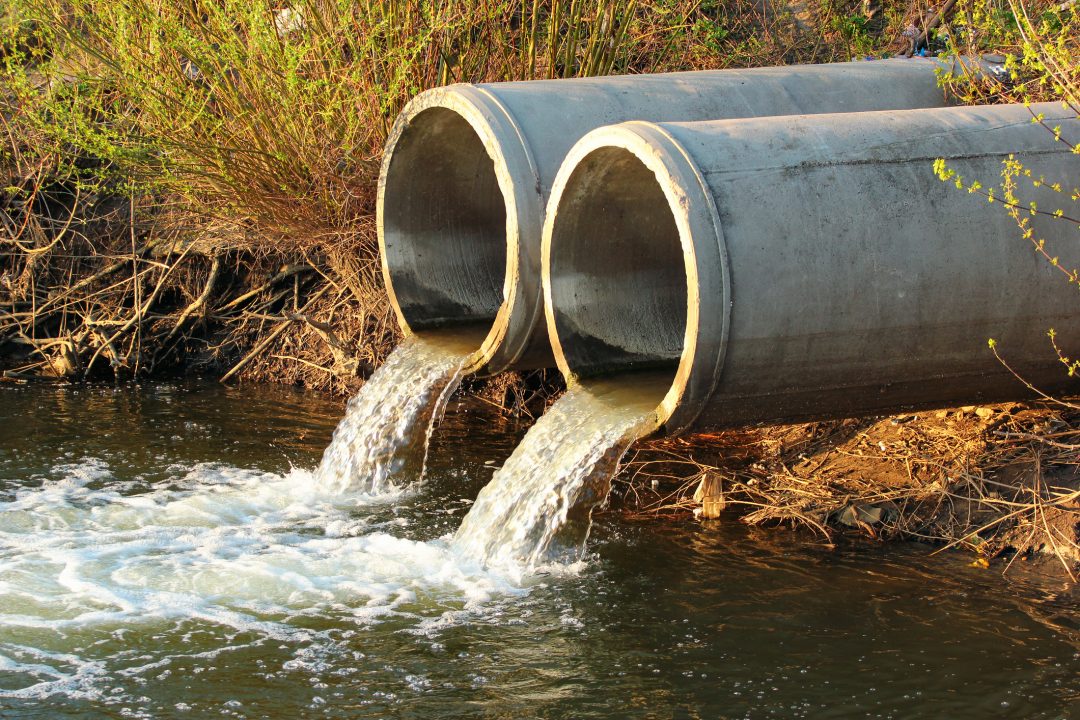 iStock
iStock

